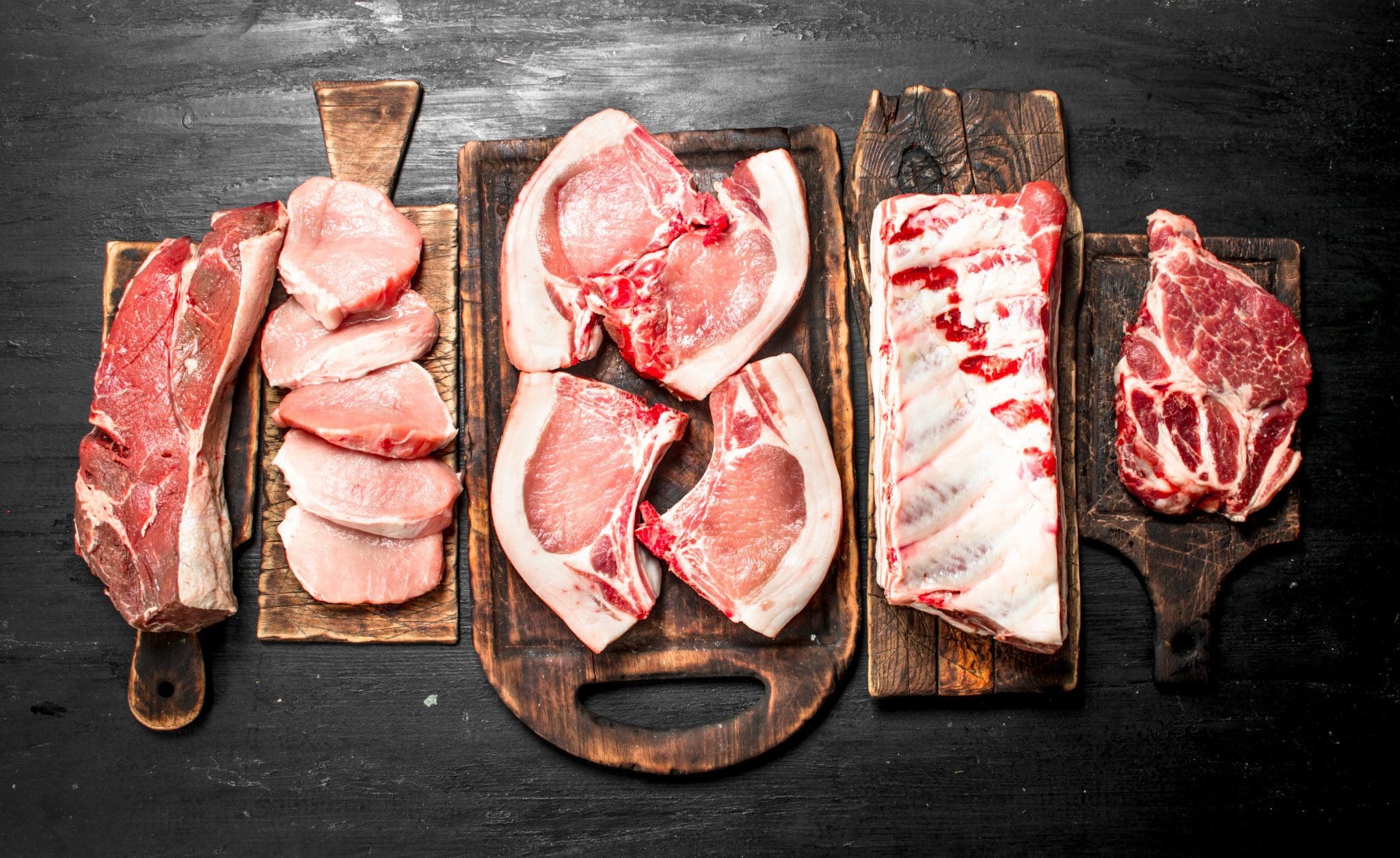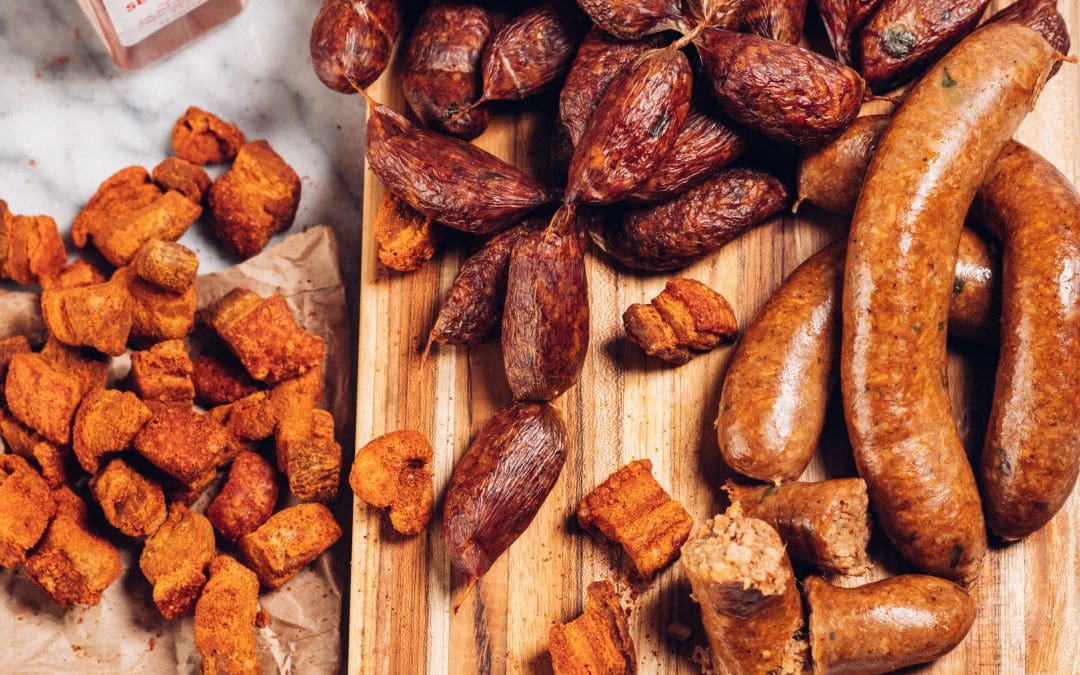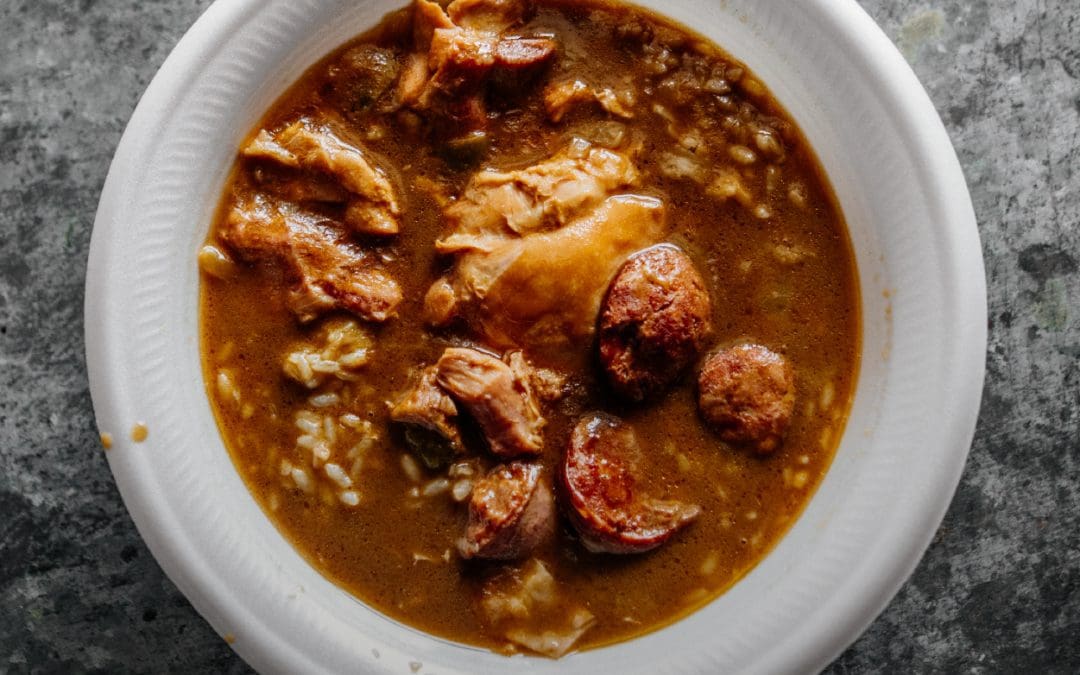Pork isn’t just a food in Cajun culture, it’s a way of life. Historically, pigs were an important resource to early Cajuns as they require little space, eat a variety of foods, have large litters and provide a large amount of quality meat. During hard times, recipes for uncommon parts of the pig were developed. Using as much of the pig as possible isn’t just economical, it’s tradition!
With the extensive variety of pork available, it’s important to know which is best suited for the meal you’re looking to prepare. These eight cuts of pork are all fairly common and fundamental for any kind of cuisine.
Much like beef, there are major differences between these cuts that should influence how you season, cook and serve them in a meal. The texture, density and fat content of the meat has profound implications on how it will respond to different cooking methods.
Truly understanding and memorizing all of the relevant information can easily overwhelm a casual cook. Fortunately, you don’t need years of training to enjoy the unique opportunities of these different cuts. Take your time to learn a little bit about each one when you are ready to cook it and you’ll be a pork pro in no time.
Chops
Chops are a staple in classic American and Cajun cuisine. Even though they may all look similar, this cut can actually come from the shoulders, rump or anywhere in-between. Most supermarkets carry a variety of both bone-in and boneless chops with varying amounts of fat depending on where the chop came from.
Chops are versatile and can be as exciting (or boring) as you want them to be. One of the most basic rules of thumb is to use fast cooking methods, like frying or broiling, because they dry out easily. Chefs often prefer bone-in chops to preserve the moistness of the meat as the bone and marrow provides an extra source of fat and flavor.
Pre-seasoned, stuffed and marinated chops can be an exceptionally fast, easy and delicious meal. There are also plenty of ways to get creative in the kitchen with this cut, so don’t be afraid to use your imagination when pairing them with different herbs, vegetables and spices. Classic Cajun seasoning mixes are a great choice for this cut.
Loin
The loin has a lot in common with conventional chops and is often labeled as a “boneless chop” by some markets and butchers. It is defined by a distinct lack of bones and connective tissue that is found in many other cuts. While its leanness makes it particularly appealing to some diners, you need to take special steps to make sure it doesn’t dry out while cooking. It can also have a rather bland taste, which means a zesty combination of herbs and spices is a must-have.
Pork Shoulder
The shoulder’s alternate names of Boston butt or pork butt can be a bit confusing at first, but that doesn’t detract from its potential to become a delicious meal. This cut is a friend for slow-cooker owners everywhere. It’s a fatty piece of meat that comes from the upper shoulders of the pig and is highly marbled with fat. It’s also the cut used to make tasso. This gives it a great deal of flavor that is best unlocked through cooking for a long time on low heat.
Tenderloin
Tenderloin, also known as pork fillet, is a slender cut of meat from along the top-side of the animal. While it’s known as one of the most lean and tender cuts you can get from a pig, it’s also one of the priciest. There are plenty of ways to season and prepare tenderloin, from baking to searing to grilling. It can be cooked whole, stuffed or sliced into medallions.
Belly
Slicing it into thin strips of bacon is just one of the many ways American diners enjoy pork belly. A roast or barbeque is optimal for getting good flavor and texture out of this piece of meat. It can also be used to add flavor to sides such as greens and beans. Due to its high fat content, this cut can be a little difficult to work with when prepared whole. Even if you mess up on your first try, don’t be afraid to try again!
Leg
The legs, or hock, can actually make a much more appealing meal than you may think. The close-knit fabric of bone, tissue and muscle makes it a flavorful addition to stews and other moisture-heavy dishes. Legs are also perfect for curing, smoking and slicing as seen in Italian cuisine.
Spare Ribs
When people mention ribs, this is usually what they are talking about. They are typically sold in racks of at least three rib bones, but can be served and eaten individually. Spare ribs come from the lower part of the animal’s rib cage where the bones are relatively flat and parallel to one another. These ribs are affordable, versatile and practically mandatory for any backyard barbeque.
Back Ribs
Baby back ribs are cut from the curved portion closer to the spine. Even though they are a bit leaner and shorter than spares, when seasoned and cooked properly, they can make a great addition to your cookout. Like other ribs, this cut is great with either dry rub or wet marinade.
Bonus Cuts (Make the Most out of Pork)
As we said before, Cajuns know that the classic cuts aren’t the only way to enjoy pork. In fact, our most famous products aren’t made with non-primal cuts!
- Liver is an essential ingredient in our best-selling products: traditional and smoked boudin.
- Cracklins, created from deep frying pig skin and fat, is a delectable favorite.
- The head is a vital component in traditional hog head cheese and has other interesting uses as well. (We use a non-traditional recipe.)
- Chaudin is is a seasoned pork stomach that is stuffed with ground pork meat
The Best Stop is Your One Stop
Whether you’re making an Easter roast or grabbing a few pork chops for a weeknight dinner, The Best Stop has a wide selection of pork cuts to satisfy your needs. The Best Stop is the place to shop for meat that’s rich in flavor, high in quality and sourced from reputable local providers. Our selection includes a wide variety of pork, chicken and beef cuts as well as seafood that will keep your table brimming with possibilities all year round.
You can visit us in Scott, Louisiana or shop online where we’ll ship all the meats, ingredients, seasoning and marinade supplies right to your door.




